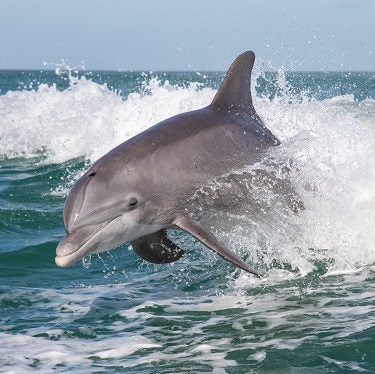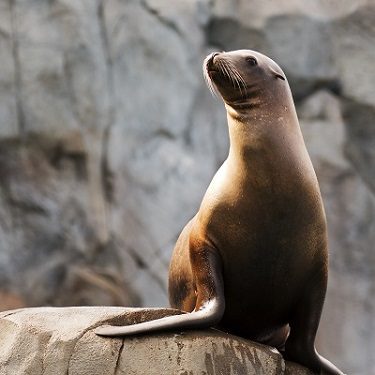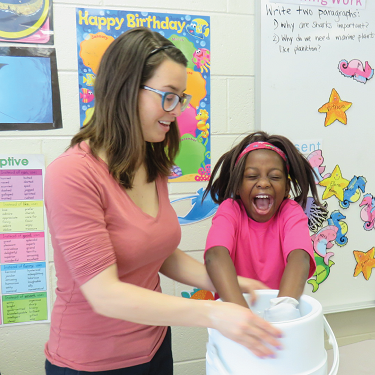Marine Life Encyclopedia
Seabirds
Brown Pelican
Pelecanus occidentalis
Distribution
Tropical to cold temperate latitudes of North and South America
eCOSYSTEM/HABITAT
Nest in mangrove forests and on small islands; feed in coastal to open ocean (pelagic) waters
FEEDING HABITS
Active (diving) predator
TAXONOMY
Order Pelecaniformes (pelicans, boobies, and relatives), Family Pelecanidae (pelicans)
The brown pelican, like all seabirds, gets most of its food from marine sources. This species’ preferred prey includes small schooling fishes, like anchovies, sardines, and silversides. They feed by plunge diving. Unlike other diving birds (e.g., boobies), pelicans do not chase prey underwater and instead gulp large volumes of water, along with potential prey, near the surface. After contracting the throat muscles to expel all of the gulped water, brown pelicans can easily swallow their food. Using this method, these birds can swallow fairly large prey. However, until they expel all of the gulped water, they are unable to fly or effectively swim away and may be vulnerable to predation. Though they typically hunt in this manner, brown pelicans have been known to occasionally scavenge for dead or decaying material or to hunt for seabird chicks or even seal pups, on land.
Brown pelicans generally feed close to shore, avoid the open ocean, and spend much of their time resting onshore. They are also excellent gliders and can travel long distances without using very much energy. Like all seabirds, brown pelicans nest on land. Females most often lay their eggs directly on the ground, but occasionally in nests built in mangrove forests. Both parents take turns caring for two to three eggs and continue to care for the chicks for several months. Brown pelicans form large breeding colonies, with several pairs nesting together. The majority of brown pelican predation occurs on chicks and is the result of attack by land predators. Brown Pelicans that nest in colder, higher latitudes migrate toward the tropics during the winter to escape the harsh weather.
Though some populations have experienced declines, the overall status of the brown pelican is positive. Historically, this species was particularly vulnerable to poisoning by DDT and other pesticides that caused eggshells to be too thin and to easily break during incubation. Since the ban of DDT in North America, brown pelican populations have rebounded nicely, and the species is generally considered one of least concern.
Engage Youth with Sailors for the Sea
Oceana joined forces with Sailors for the Sea, an ocean conservation organization dedicated to educating and engaging the world’s boating community. Sailors for the Sea developed the KELP (Kids Environmental Lesson Plans) program to create the next generation of ocean stewards. Click here or below to download hands-on marine science activities for kids.
Additional Resources:
Get Involved

Donate Today
SUPPORT OUR WORK TO PROTECT THE OCEANS BY GIVING TODAY
With the support of more than 1 million activists like you, we have already protected nearly 4 million square miles of ocean.

TAKE ACTION NOW
Support policy change for the oceans
Decision-makers need to hear from ocean lovers like you. Make your voice heard!

VISIT OUR ADOPTION CENTER
SYMBOLICALLY ADOPT AN ANIMAL TODAY
Visit our online store to see all the ocean animals you can symbolically adopt, either for yourself or as a gift for someone else.

DOWNLOAD OCEAN ACTIVITIES
HELP KIDS DISCOVER OUR BLUE PLANET
Our free KELP (Kids Environmental Lesson Plans) empower children to learn about and protect our oceans!




